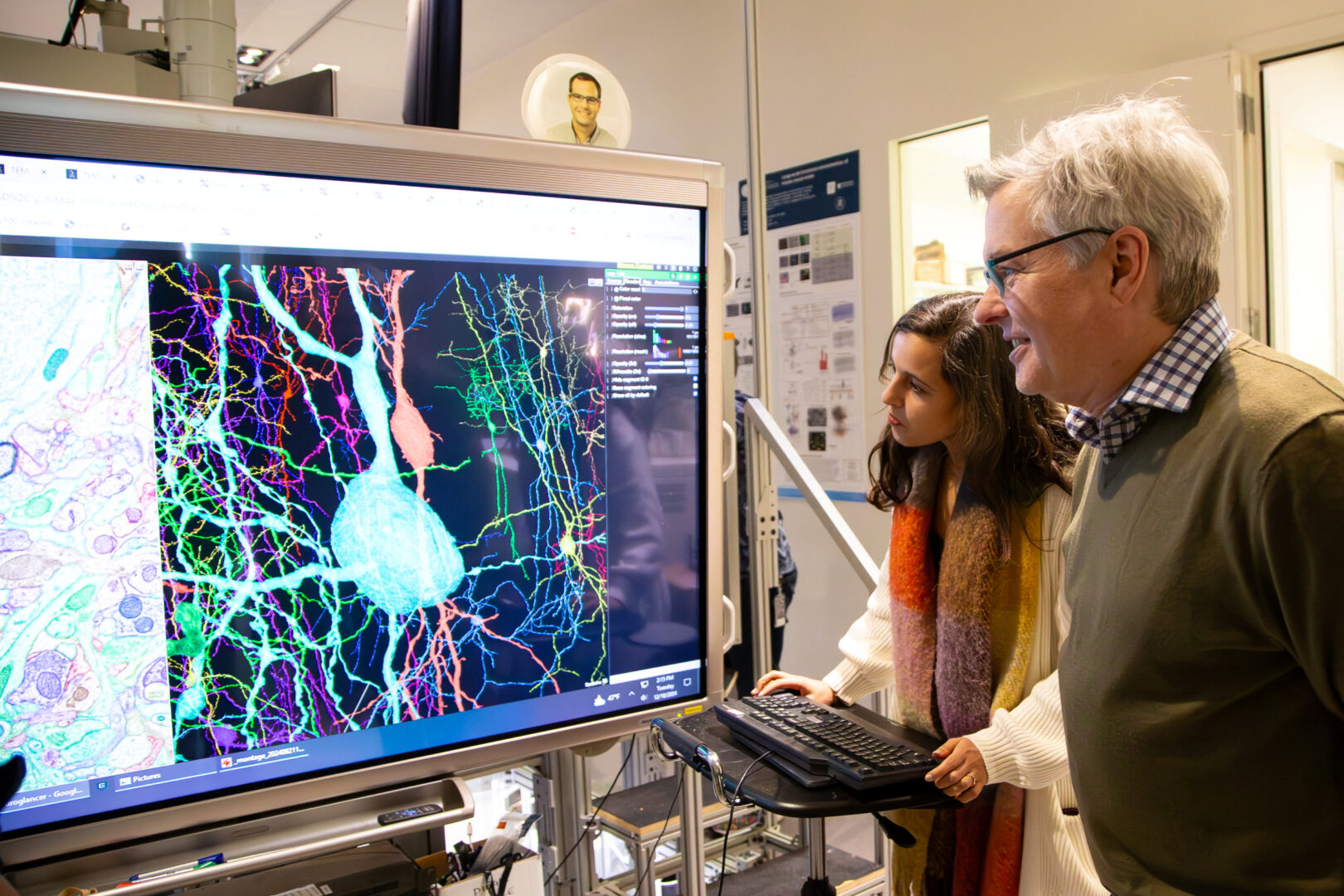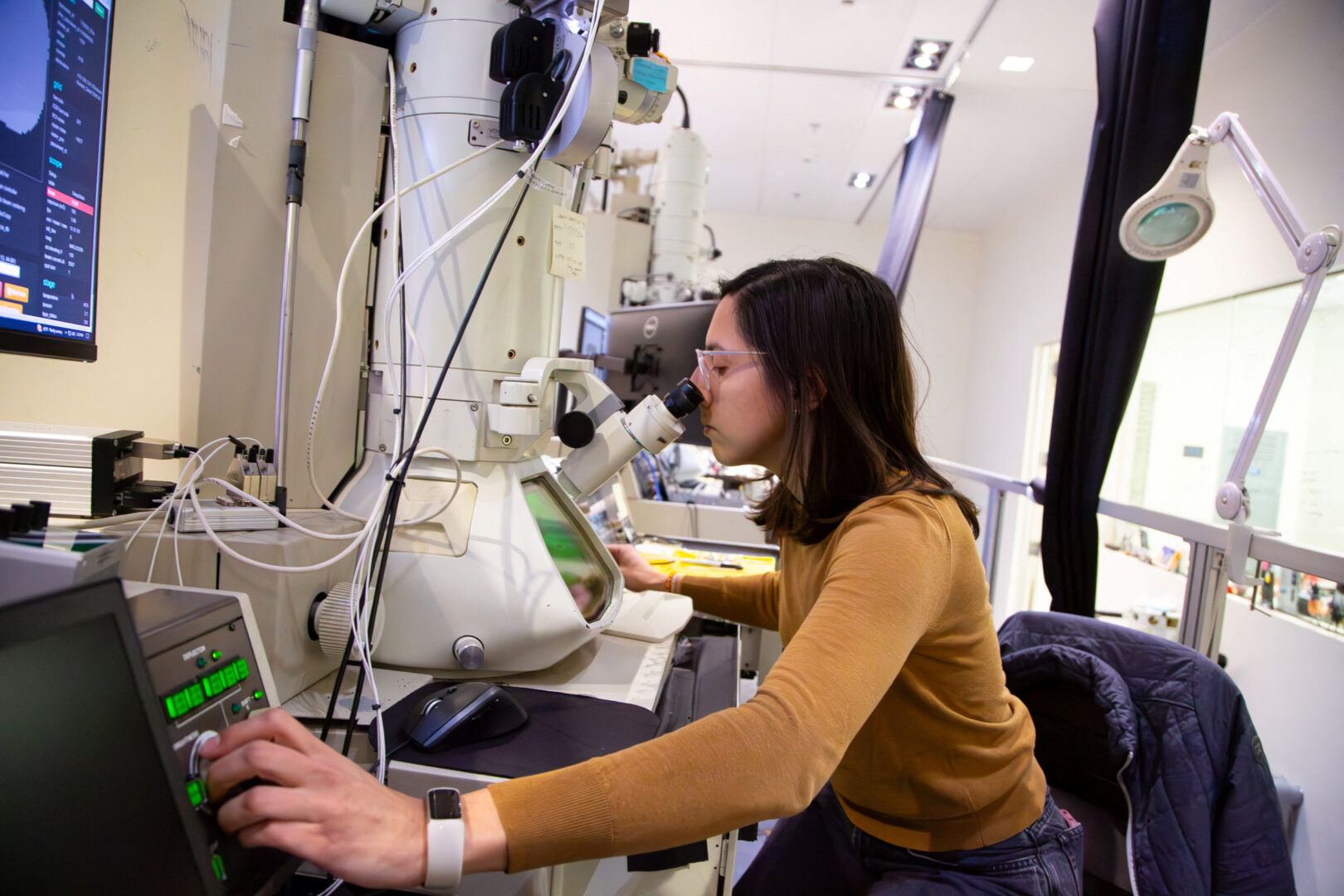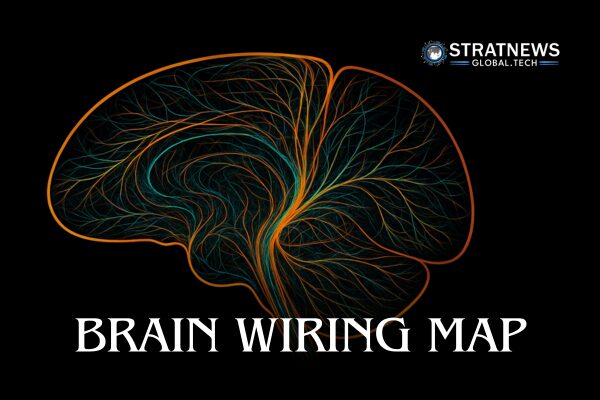Breakthrough research reveals millions of connections in a grain-sized brain sample
Neuroscientists have produced the most detailed mouse brain-wiring map to date. Using a grain-sized sample from a mouse’s visual cortex, the team mapped out over 200,000 brain cells and more than 524 million synapses—connections that allow neurons to communicate.

This remarkable achievement offers new insights into how the brain works, with possible implications for understanding human cognition and neurological disorders.
The study, published in the journal Nature, focused on the primary visual cortex—a key part of the brain that processes signals from the eyes. The sample, though tiny in size, contains a staggering 5.4 kilometres of neuronal wiring.
Uniting brain function with structure
Dr Forrest Collman from the Allen Institute for Brain Science explained, “The millions of synapses and hundreds of thousands of cells come in such a diversity of shapes and sizes. Their complexity gives us a sense of awe about the human mind.”
The cerebral cortex, where this sample came from, is the brain’s outer layer. It plays a central role in conscious thought, decision-making, and movement.
Traditionally, researchers have either studied how brain cells are wired or how they function. This new study, however, brings both aspects together. According to Dr Andreas Tolias from Baylor College of Medicine, “Our study represents the largest effort to date to systematically unify brain structure and function within a single individual mouse.”
High-tech tools and collaboration
The work was carried out by the MICrONS consortium, which includes over 150 scientists from various institutions. At Baylor, researchers recorded neural activity in a mouse as it watched video clips—including scenes from The Matrix—while running on a treadmill. The mouse had been genetically modified so that its active neurons glowed under a microscope.
Those same neurons were then imaged in 3D at the Allen Institute. Researchers at Princeton University used artificial intelligence and machine learning to reconstruct the entire network of neurons and their connections.
Practical insights and future impact
Understanding how a mouse brain-wiring map may lead to better knowledge of conditions like autism and schizophrenia, which could stem from subtle wiring differences. “Knowing how neuronal wiring shapes brain function helps us uncover fundamental mechanisms of cognition,” Tolias added.

One of the key discoveries involved inhibitory neurons. These cells reduce the activity of the neurons they connect to and make up about 15% of the cortex. Researchers found that these inhibitory cells do not connect randomly but rather select specific types of neurons. This suggests a much finer level of control than previously thought.
Dr Collman explained, “Inhibitory cells pick out very specific kinds of neurons to connect to. The patterns are far more specific than we expected, breaking existing categories into smaller, distinct groups.”
This groundbreaking research provides a valuable foundation for future studies of the brain, offering a clearer picture of how neural circuits support thought, perception, and behaviour.
with inputs from Reuters


